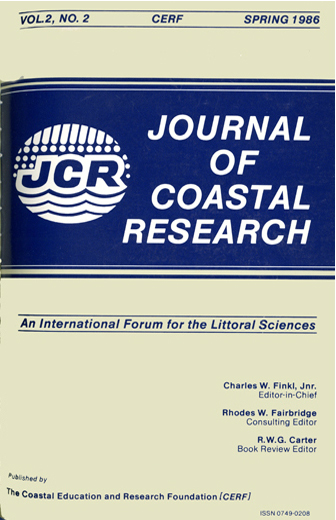Recent Joints and their Tectonic Significance in the Coastal Range of Venezuela and in Curacao
Keywords:
Joint-set orientations, plate boundary, Moron fault, neotectonic processes, stress field, stress quadrantAbstract
Surficial joints are frequently grouped into three systems: two orthogonal systems that are approximately vertical (these are due to the neotectonic stress field) and one inclined system. The two vertical systems are divided by a smaller (maximum compression of σ1) quadrant. In the Coastal Range of Venezuela we have measured the orientation of 635 joints, found in 10 groups of 3 outcrops each, located on three north-south profiles across the Coastal Range (Los Caracas-Caucagua, Matquetia-Tácata, and Puerto Colombia-Gϋigῡe) and occurring in Mesozoic rocks and in Quaternary sediments. In addition, in Curacao , 136 joints were measured in 6 outcrops in Quaternary reef limestone. The data were statistically evaluated according to the Kohlbeck-Scheidegger method. For the Coastal Range we obtained σ1 : N130°E/06° and σ3: N80°E/O°, and there was no significant difference between σ1(and σ3) in locations north and south of the La Victoria fault zone. For Curacao, σ1: N170°E/03°. The significant difference between the Coastal Range and Curacao suggests that the boundary between the Caribbean and South American plates is located north of the Venezuelan coast. The orientation of σ1 in the Coastal Range conforms to other tectonic elements which indicate that the South American plate is moving to the northwest in relation to the Caribbean plate.
Downloads
Published
1986-04-11
Issue
Section
Articles


